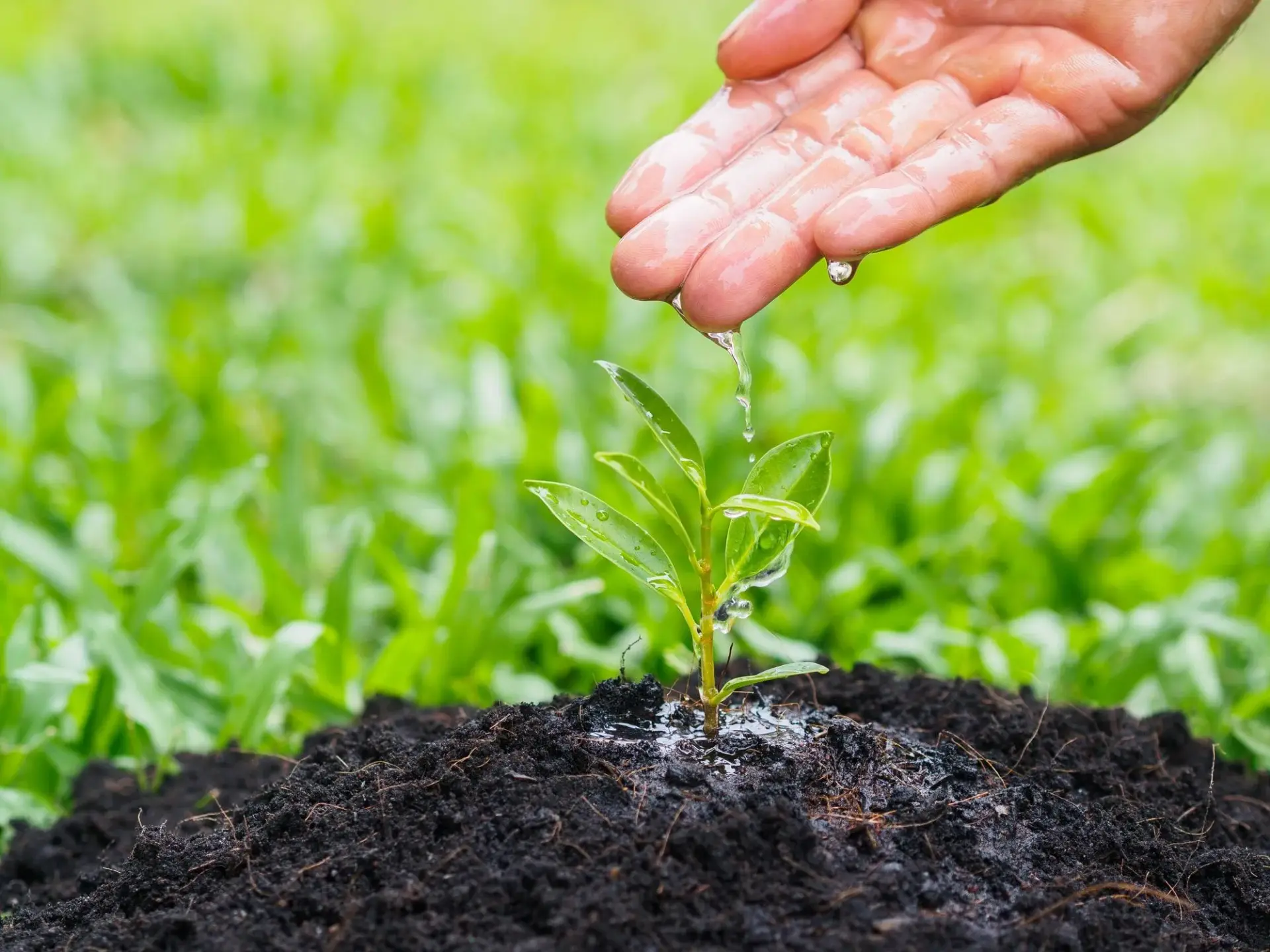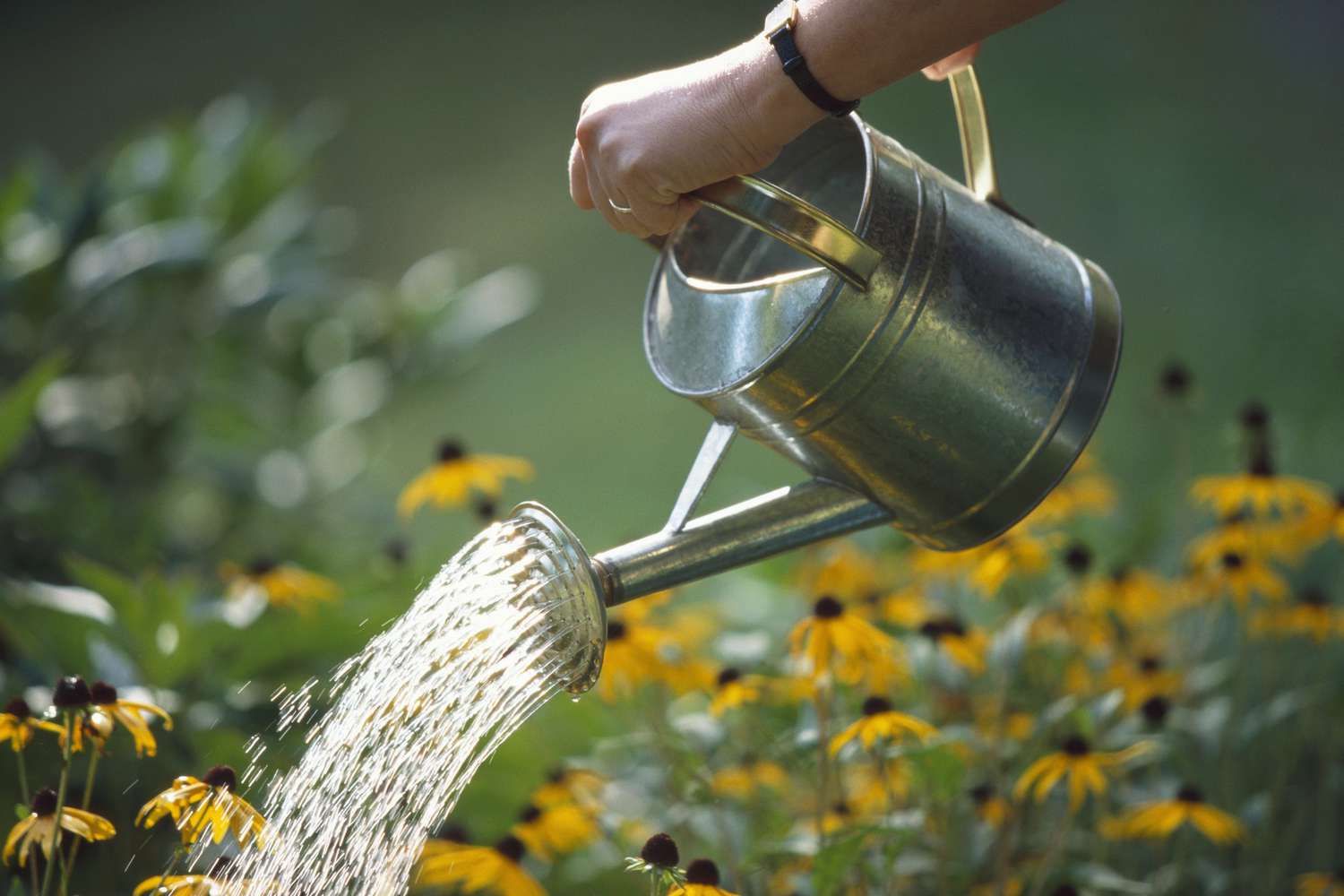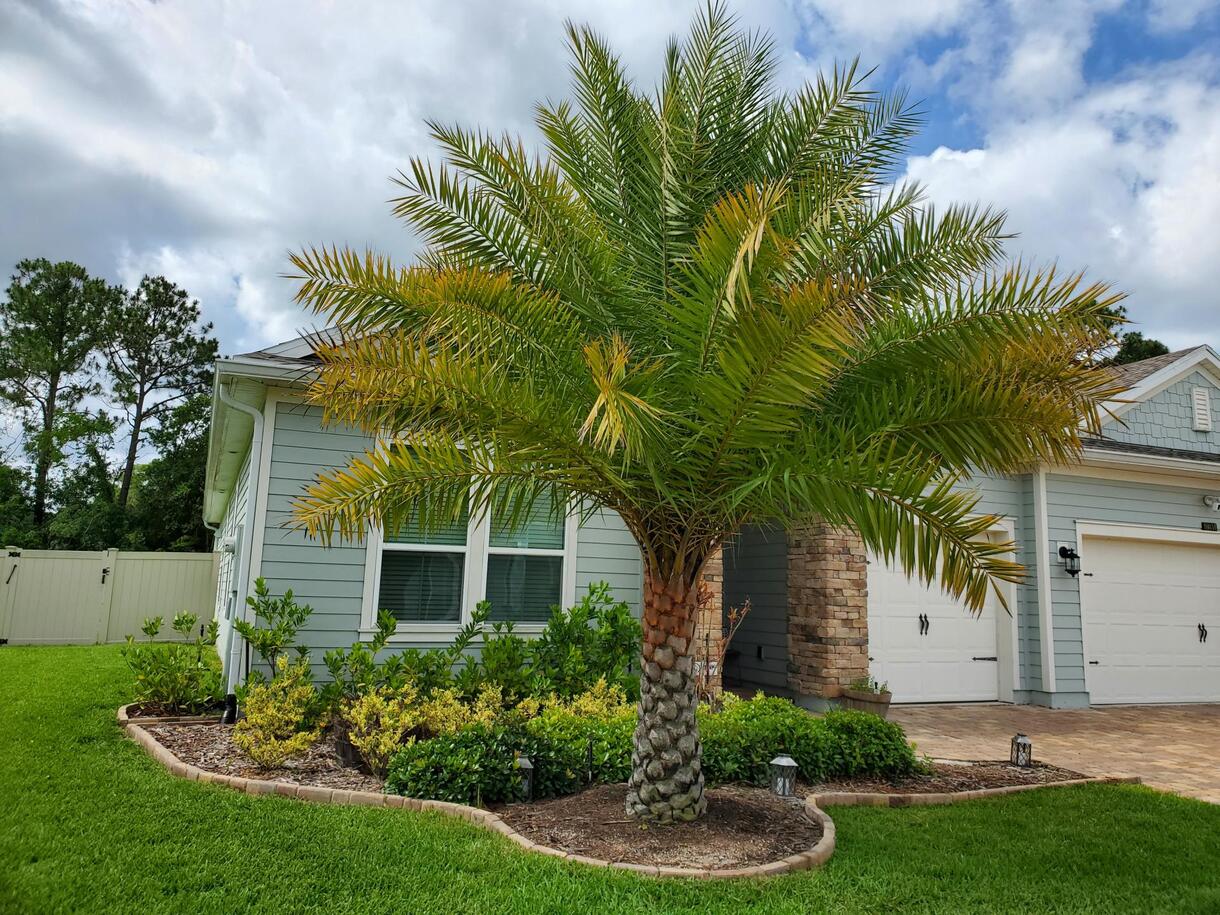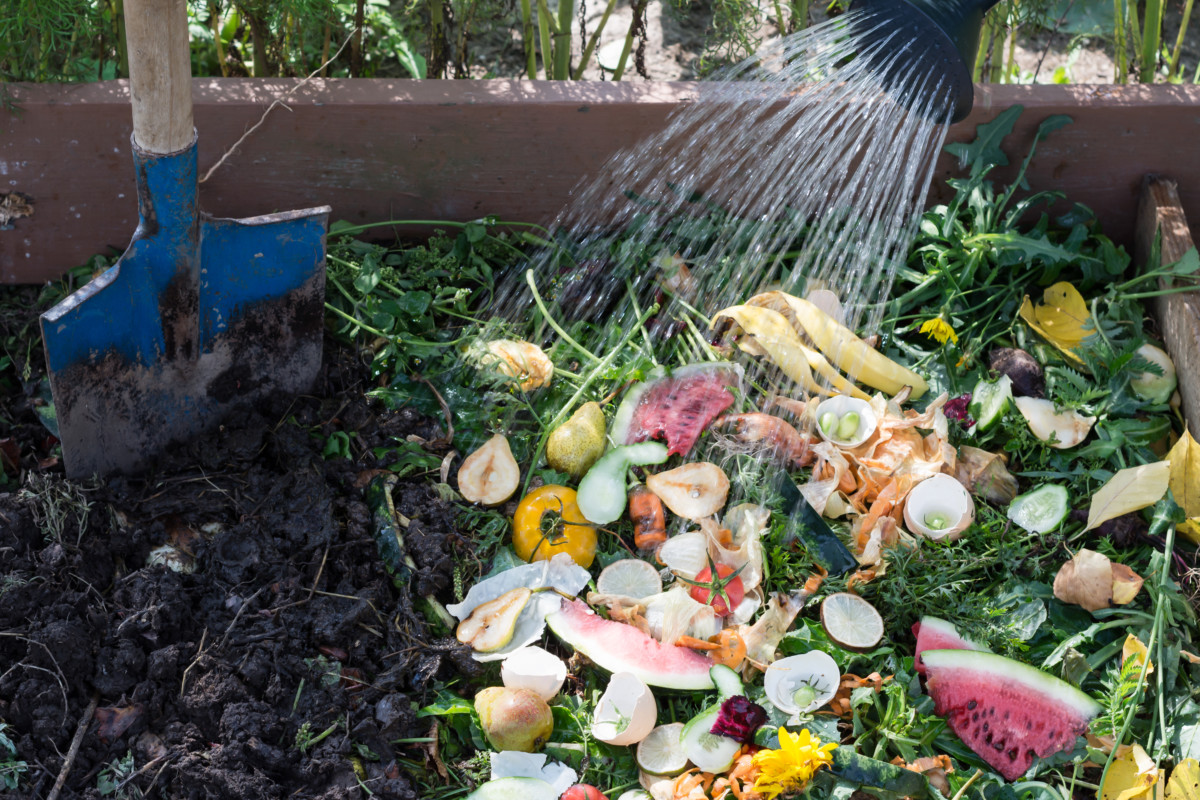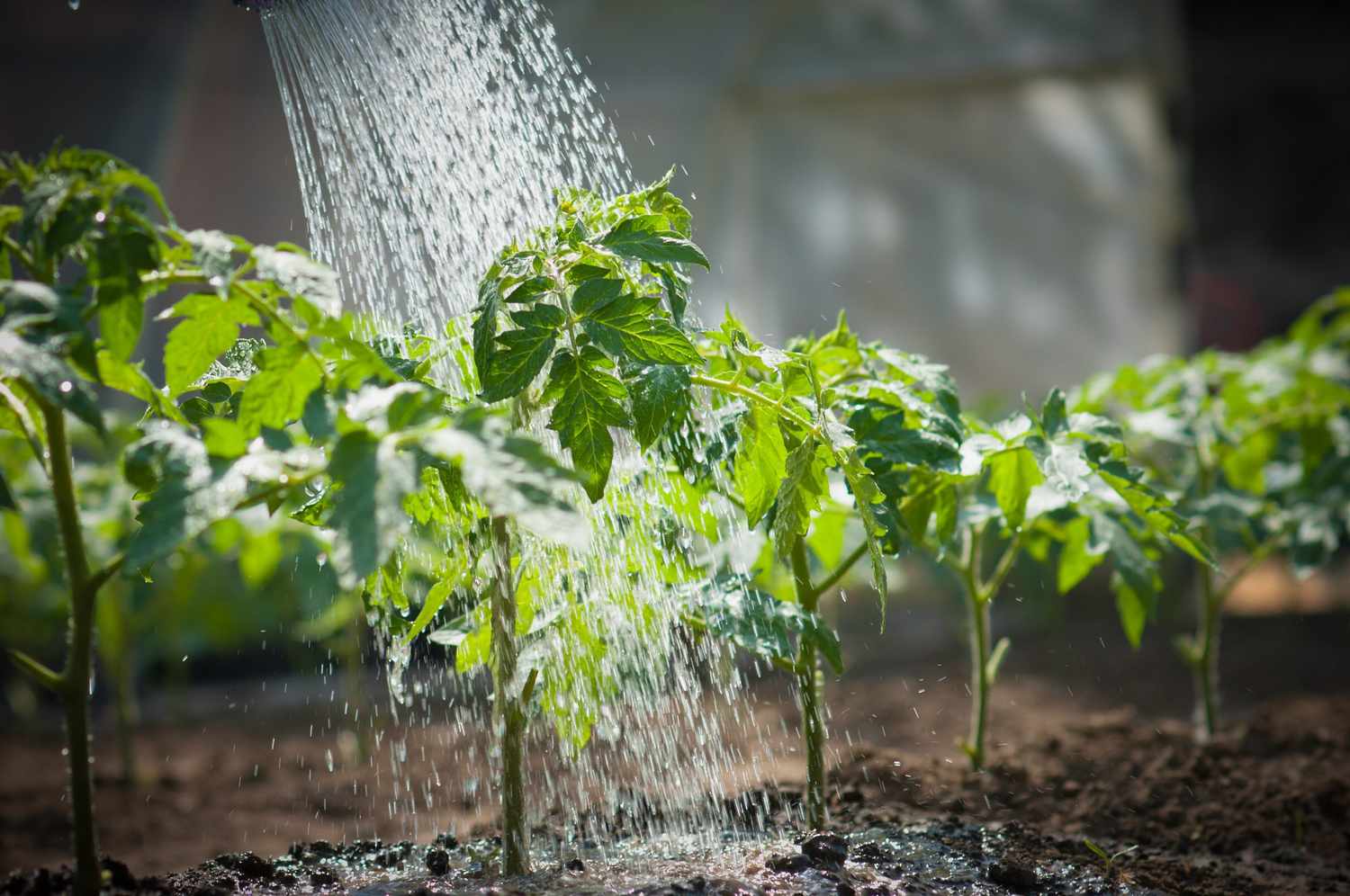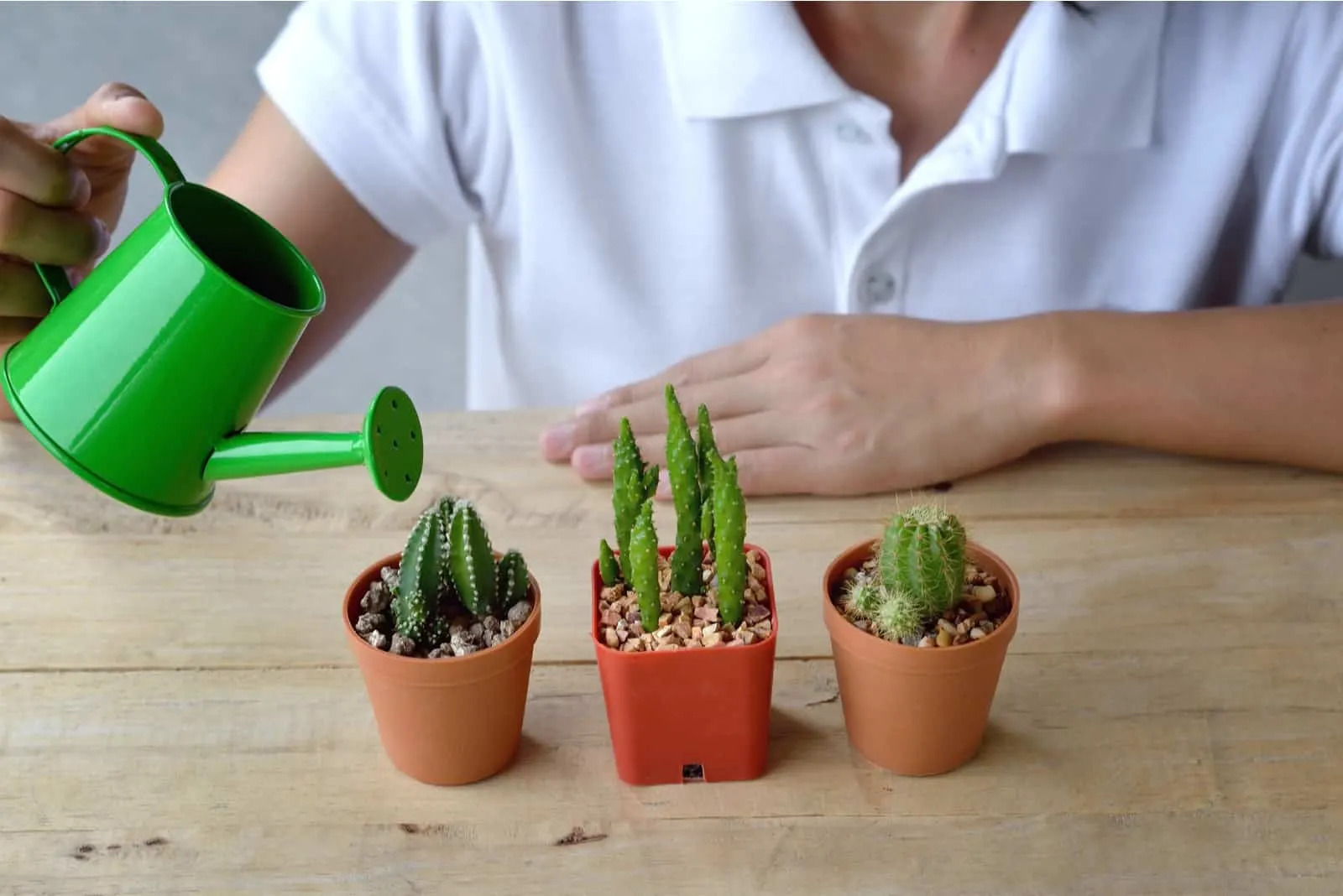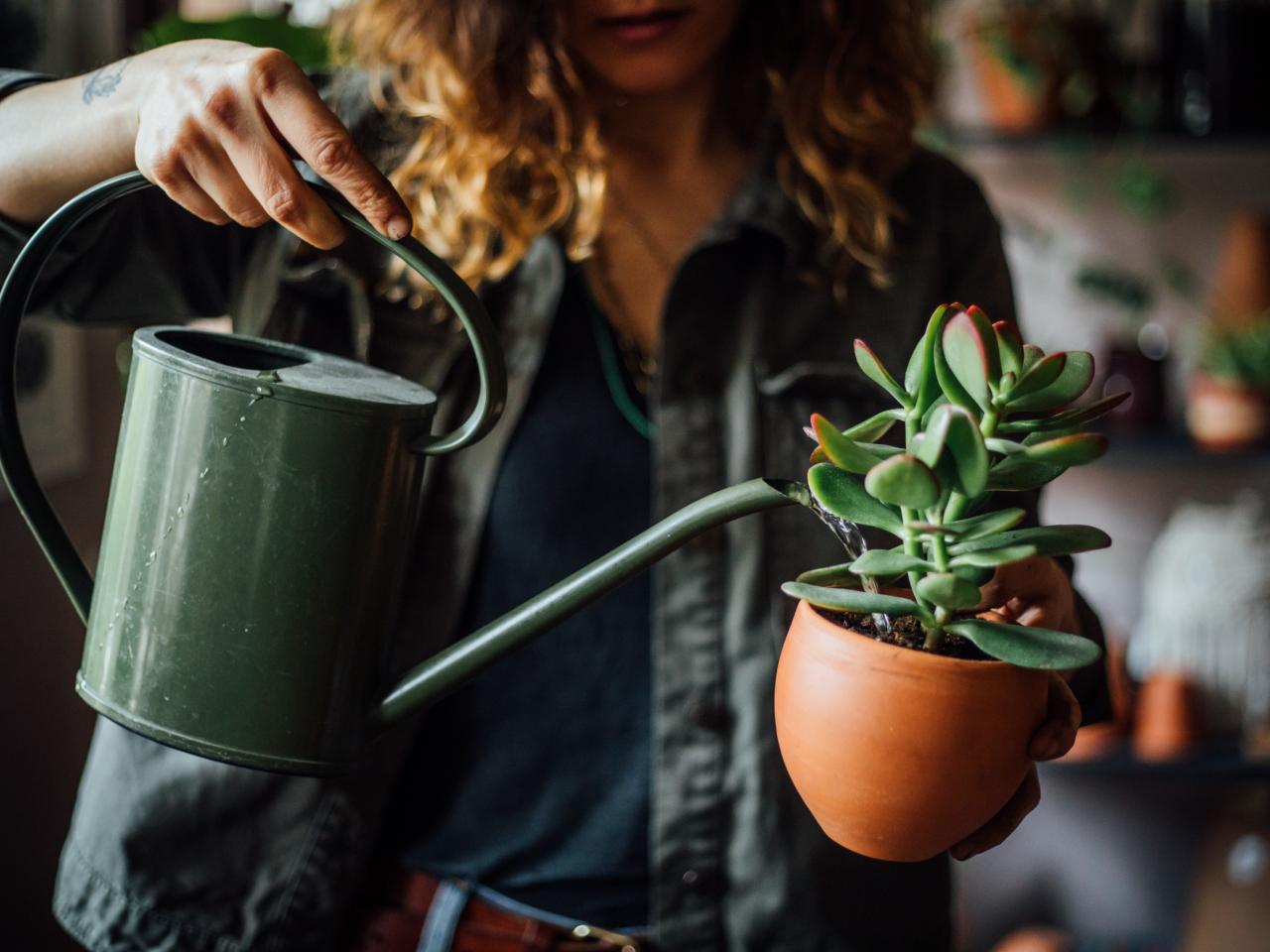Home>Gardening Techniques>Plant Care>How Often To Water Juniper Bonsai Tree


Plant Care
How Often To Water Juniper Bonsai Tree
Modified: January 22, 2024
Learn the best plant care tips for watering your juniper bonsai tree. Discover how often to water and maintain the health of your plant.
(Many of the links in this article redirect to a specific reviewed product. Your purchase of these products through affiliate links helps to generate commission for Chicagolandgardening.com, at no extra cost. Learn more)
Table of Contents
Introduction
Welcome to the wonderful world of juniper bonsai trees! These miniature marvels are not only captivating with their beauty but also offer a deeply rewarding experience for plant enthusiasts. As you embark on the journey of nurturing a juniper bonsai, one of the most crucial aspects to master is understanding its watering needs. In this comprehensive guide, we will delve into the art of watering juniper bonsai trees, exploring the factors that influence their watering requirements and providing valuable insights to help you maintain the optimal moisture levels for these exquisite plants.
Caring for a juniper bonsai tree is akin to tending to a living work of art. Each delicate branch and lush foliage tells a story of resilience and grace, making the experience of nurturing these miniature trees truly enchanting. To ensure the longevity and vitality of your juniper bonsai, it is essential to comprehend the intricacies of watering, as this directly impacts the tree's overall health and growth.
Throughout this guide, we will unravel the mysteries of watering frequency, shedding light on the signs of both underwatering and overwatering, and equipping you with a practical watering schedule tailored to the specific needs of juniper bonsai trees. Whether you are a seasoned bonsai enthusiast or a novice embarking on this green-fingered adventure, this article aims to be your trusted companion, offering valuable insights and actionable tips to elevate your juniper bonsai care skills.
So, let's embark on this botanical journey together, as we uncover the art and science of watering juniper bonsai trees, nurturing these miniature wonders with the care and attention they deserve. Get ready to delve into the heart of bonsai care and discover the secrets to maintaining the perfect moisture balance for your juniper bonsai tree.
Understanding the Watering Needs of Juniper Bonsai Trees
Before delving into the specifics of watering juniper bonsai trees, it is essential to grasp the unique moisture requirements of these miniature marvels. Juniper bonsai trees, known for their resilience and adaptability, have distinct watering needs influenced by various factors, including their environment, age, and the time of year. Understanding these needs is crucial for maintaining the health and vitality of your bonsai.
Juniper bonsai trees are native to regions with well-draining soil and ample sunlight, which significantly impacts their watering requirements. The soil should be moist but not waterlogged, mimicking the natural conditions of their native habitat. As a rule of thumb, it is essential to allow the soil to partially dry out between watering sessions to prevent waterlogged roots, which can lead to root rot and other detrimental conditions.
Furthermore, the age and size of the juniper bonsai tree play a pivotal role in determining its watering needs. Younger and smaller trees typically require more frequent watering due to their limited root systems and higher metabolic activity. In contrast, mature and larger juniper bonsai trees may have more extensive root systems and lower water demands, necessitating less frequent watering.
Seasonal variations also influence the watering needs of juniper bonsai trees. During the warmer months, these trees may require more frequent watering to combat the effects of evaporation and increased transpiration. Conversely, in cooler weather or during dormancy, the watering frequency may decrease to accommodate the tree’s reduced metabolic activity.
By comprehending these fundamental aspects of juniper bonsai tree care, you can tailor your watering practices to meet the specific needs of these remarkable plants. In the following sections, we will explore the factors that affect watering frequency and delve into the telltale signs of both underwatering and overwatering, empowering you to become a discerning caretaker of juniper bonsai trees.
Factors Affecting Watering Frequency
Several key factors influence the frequency at which you should water your juniper bonsai tree. Understanding these factors is essential for maintaining the optimal moisture levels and promoting the health and vitality of your miniature tree. By considering the following elements, you can fine-tune your watering regimen to meet the specific needs of your juniper bonsai:
- Soil Composition: The composition of the soil in which your juniper bonsai is planted significantly impacts its watering requirements. Well-draining soil with a balanced mix of organic and inorganic components allows for adequate moisture retention without becoming waterlogged, creating an ideal environment for healthy root development.
- Climate and Season: The climate in your region and the prevailing season play a crucial role in determining the watering frequency for your juniper bonsai tree. Warmer and drier conditions may necessitate more frequent watering, while cooler and more humid environments may require less frequent watering to prevent overhydration.
- Tree Size and Age: The size and age of your juniper bonsai tree are key considerations when establishing a watering schedule. Younger and smaller trees typically have higher water demands due to their active growth and developing root systems, while larger and more mature trees may require less frequent watering.
- Pot Size and Drainage: The size of the pot and its drainage capabilities directly impact the watering needs of your juniper bonsai. Smaller pots may dry out more quickly and require more frequent watering, while larger pots with efficient drainage may retain moisture for longer periods.
- Exposure to Sunlight: The amount of sunlight your juniper bonsai receives influences its water requirements. Trees placed in bright, direct sunlight may experience faster evaporation of moisture from the soil, necessitating more frequent watering to maintain optimal moisture levels.
By taking these factors into account and closely observing your juniper bonsai tree’s response to watering, you can refine your approach to meet its specific needs. In the subsequent sections, we will explore the telltale signs of both underwatering and overwatering, providing valuable insights to help you gauge the moisture requirements of your juniper bonsai tree with precision and care.
Signs of Underwatering and Overwatering
Recognizing the signs of both underwatering and overwatering is a crucial skill for any bonsai enthusiast, as it enables you to adjust your watering practices to meet the specific needs of your juniper bonsai tree. By paying close attention to the following indicators, you can ensure that your miniature tree receives the appropriate amount of moisture, promoting its health and vitality:
Signs of Underwatering:
1. Dry Soil: Upon inserting your finger into the soil, if it feels dry to the touch, it is likely that your juniper bonsai tree requires watering. Dry soil indicates a lack of moisture, which can hinder the tree’s growth and overall well-being.
2. Wilting Foliage: The foliage of an underwatered juniper bonsai may appear limp, wilted, or droopy. This is a visible sign that the tree is not receiving sufficient water to maintain turgidity and vigor.
3. Brittle Branches: Underwatered juniper bonsai trees may exhibit brittle branches that snap easily. This is a result of dehydration, and addressing the watering needs promptly can prevent further damage.
Signs of Overwatering:
1. Waterlogged Soil: Excessively wet soil, often accompanied by a foul odor, indicates overwatering. Waterlogged soil deprives the roots of essential oxygen, leading to root rot and other detrimental conditions.
2. Yellowing Leaves: The foliage of an overwatered juniper bonsai may turn yellow and show signs of decay. This is a clear indication of stress caused by waterlogged roots and impaired nutrient uptake.
3. Mold or Fungus Growth: Overly moist conditions can promote the growth of mold, mildew, or fungus on the soil surface or near the base of the tree. These are telltale signs of excessive moisture and poor drainage.
By closely monitoring your juniper bonsai tree for these signs and adjusting your watering practices accordingly, you can create an environment that fosters its well-being and longevity. In the following section, we will outline a practical watering schedule tailored to the specific needs of juniper bonsai trees, empowering you to nurture these miniature wonders with confidence and expertise.
Watering Schedule for Juniper Bonsai Trees
Establishing a well-defined watering schedule is essential for maintaining the optimal moisture levels and promoting the health of your juniper bonsai tree. By integrating the insights gained from understanding watering needs, factors affecting watering frequency, and signs of both underwatering and overwatering, you can craft a tailored watering regimen that meets the specific requirements of your miniature tree.
As a general guideline, it is advisable to water your juniper bonsai tree when the soil surface begins to feel slightly dry to the touch. This indicates that the top layer of soil has started to lose moisture, prompting the need for watering. However, it is crucial to avoid allowing the soil to become completely dry, as this can stress the tree and impede its growth.
During the warmer months or in drier climates, you may find that your juniper bonsai tree requires more frequent watering to compensate for increased evaporation and transpiration. In contrast, in cooler weather or during periods of reduced sunlight, you may need to adjust the watering frequency to prevent overhydration and waterlogged soil.
When watering your juniper bonsai, ensure that the entire root system receives adequate moisture. Water thoroughly until you observe water trickling from the drainage holes at the base of the pot, indicating that the roots have been sufficiently hydrated. It is essential to allow any excess water to drain away, preventing waterlogging and ensuring proper aeration of the root system.
Additionally, incorporating a routine of inspecting the soil moisture, foliage, and overall health of your juniper bonsai tree can provide valuable insights into its evolving watering needs. By closely observing the tree and responding to its cues, you can refine your watering schedule to align with its growth patterns and environmental dynamics.
Adapting your watering practices based on the specific requirements of your juniper bonsai tree fosters a nurturing environment that promotes its resilience and vitality. Through mindful and attentive care, you can cultivate a harmonious relationship with your miniature tree, nurturing it to thrive and flourish in its unique bonsai habitat.
Conclusion
Congratulations on embarking on the enriching journey of caring for juniper bonsai trees. Throughout this guide, we have explored the art and science of watering these miniature marvels, delving into the intricacies of their moisture requirements and the factors that influence their watering needs. By gaining a deeper understanding of the unique characteristics of juniper bonsai trees and honing your watering practices, you are equipped to provide attentive and nurturing care for these exquisite plants.
Understanding the nuances of watering frequency and recognizing the signs of both underwatering and overwatering empowers you to create an environment that promotes the health and vitality of your juniper bonsai tree. By integrating these insights into a well-crafted watering schedule tailored to the specific needs of your miniature tree, you can foster an environment that supports its growth and resilience.
As you continue your journey of tending to your juniper bonsai, remember to observe and respond to the evolving needs of your tree, adjusting your watering practices in harmony with its growth patterns and the changing environmental conditions. This attentive and mindful approach to care will deepen your connection with your juniper bonsai, enriching the experience of nurturing these living works of art.
May the knowledge and insights gained from this guide serve as a guiding light on your bonsai journey, empowering you to cultivate a thriving and vibrant ecosystem for your juniper bonsai tree. Embrace the artistry of bonsai care, and revel in the beauty and grace of these miniature wonders as they flourish under your dedicated stewardship.
With each watering session, may you find joy in the nurturing ritual, fostering a bond with your juniper bonsai that transcends the passage of time. As you witness the resilience and elegance of these miniature trees, may your heart be filled with the profound beauty of nature, encapsulated in the captivating allure of the juniper bonsai.
